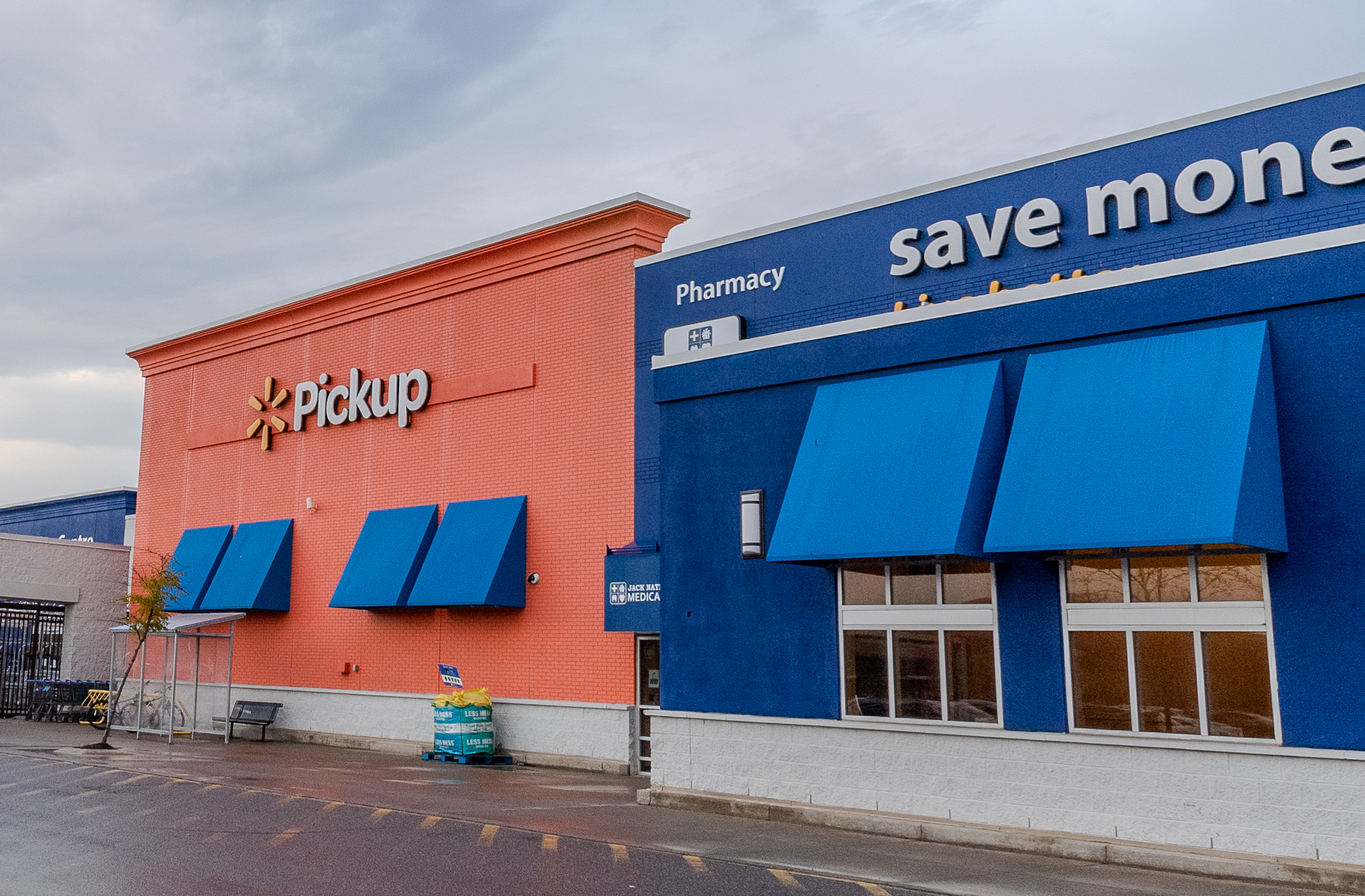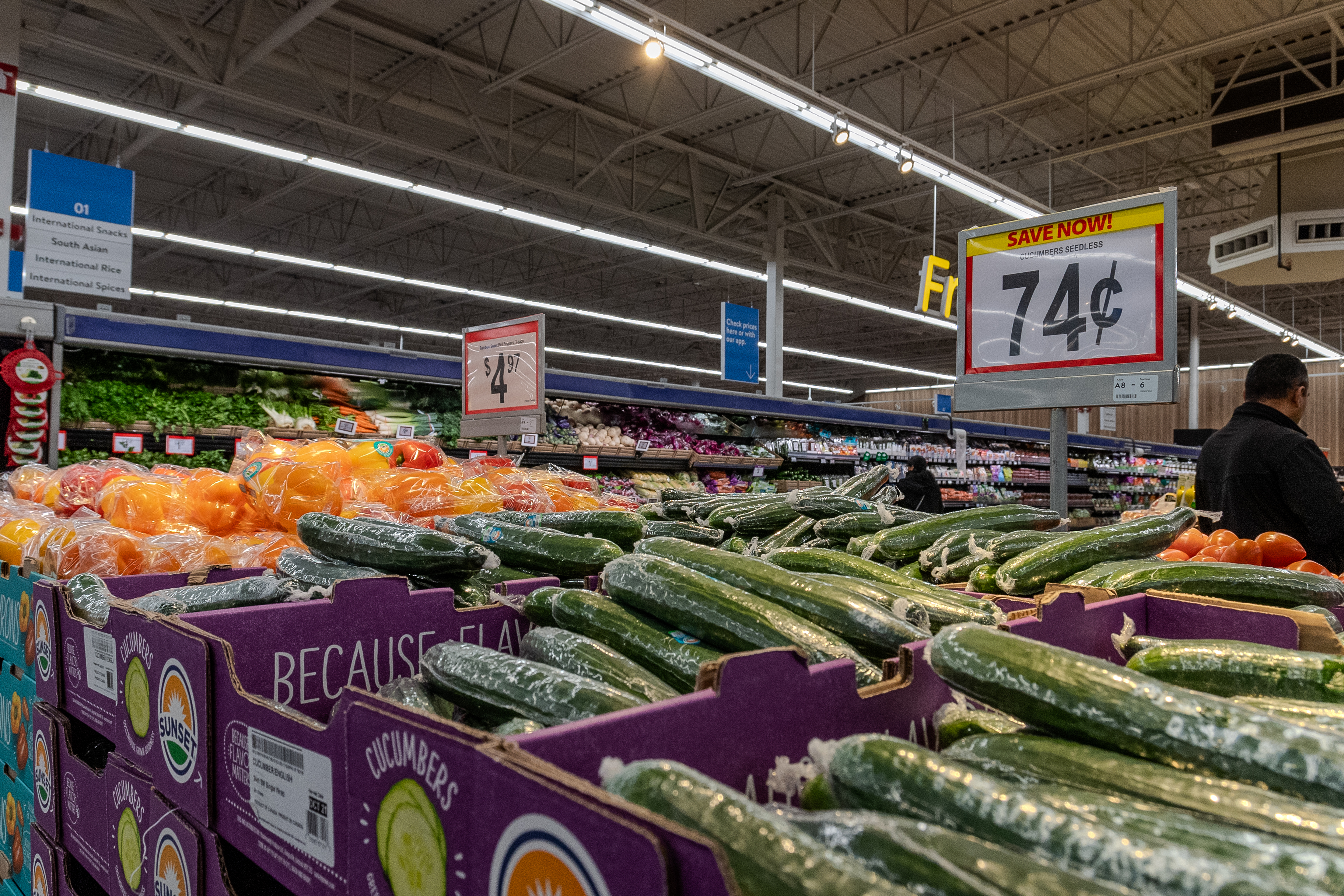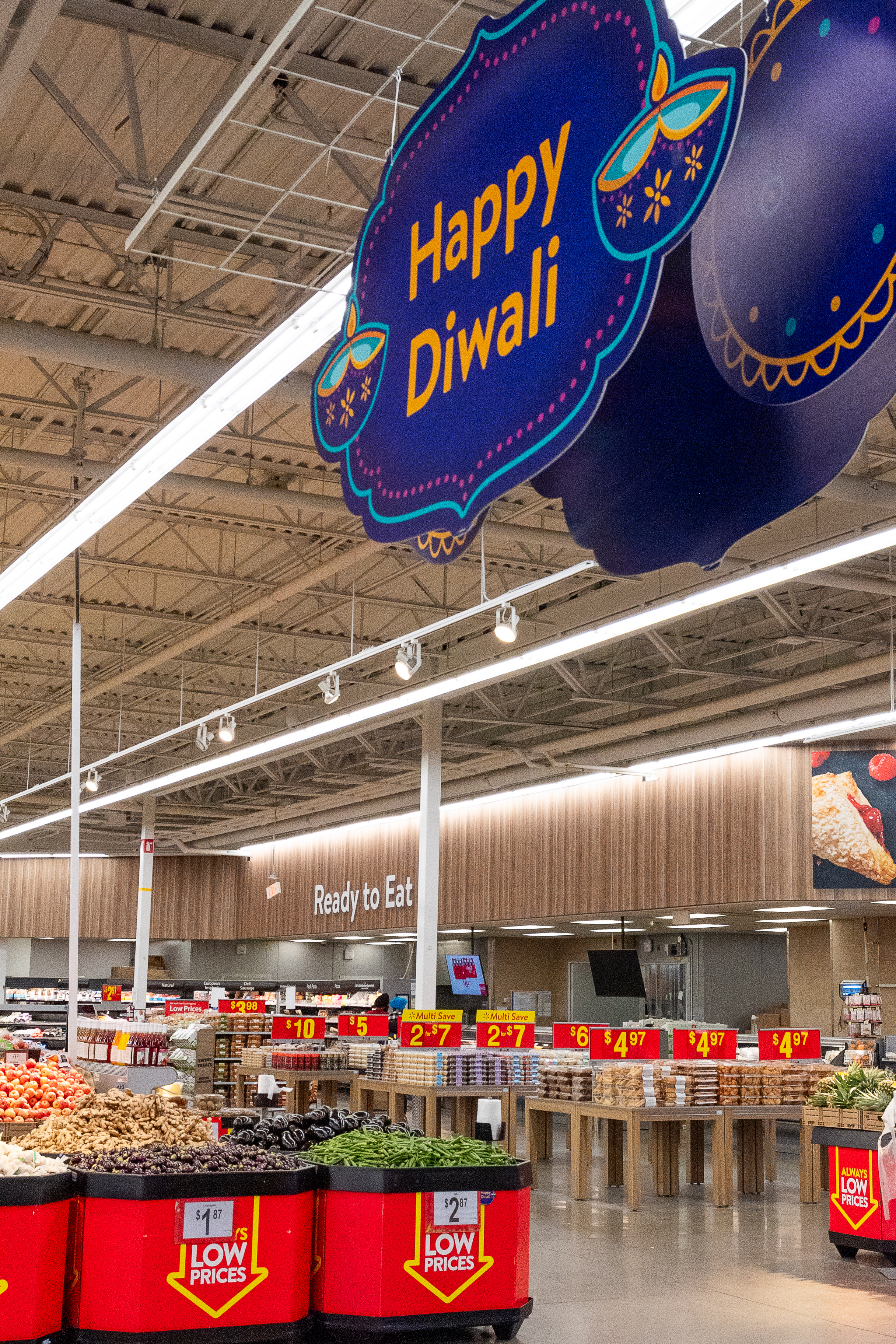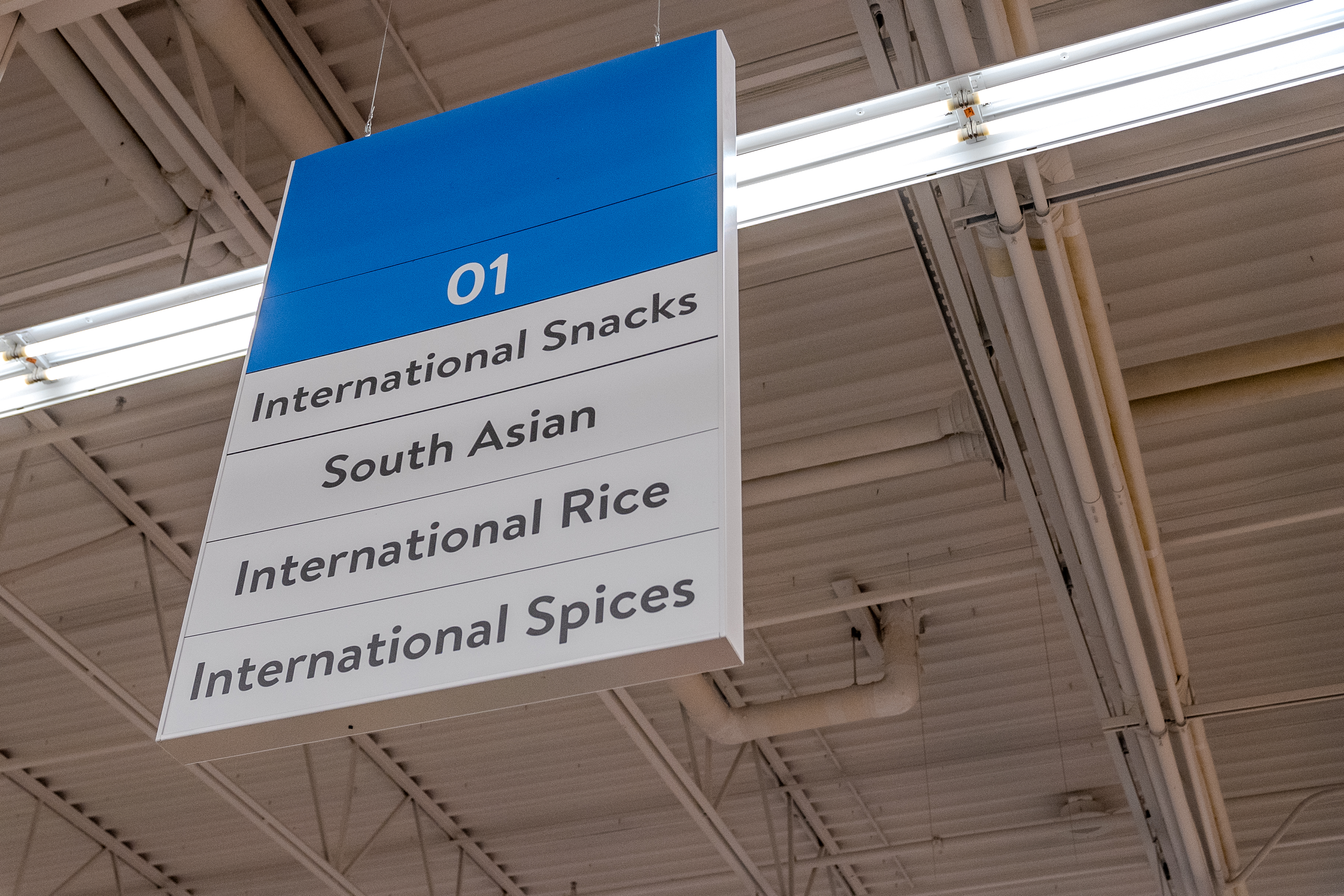
Sam Wankowski, chief merchandising officer for Walmart Canada, on how the retailer is meeting the needs of a changing market.
by Marjo Johne
Low pricing has long been a key pillar in Walmart’s business strategy. Every yellow-lettered red sign in the retail giant’s more than 400 stores across Canada declares pricing that’s “always low,” “low everyday” or is a “rollback.”
“We want our customers to feel that in every square inch of the store, they’re saving money,” says Sam Wankowski, chief merchandising officer at Walmart Canada. “But our value proposition is not just price and it’s not just assortment, which, as a house of brands, we are well known for. One of the things that our customers have told us is really important to them is convenience.”
Walmart listened and delivered, says Wankowski. Today, Walmart customers can order groceries online for pick up from more than 300 stores and delivery in as little time as two hours for purchases that meet the minimum requirement.
As convenient as online ordering is, Walmart wanted to make it even easier. Algorithms based on past purchases push out product recommendations through the Walmart app to reduce the effort it takes to shop for groceries. The more frequently customers shop, the better and more personalized these recommendations get, says Wankowski.
Ordering made easier
In recent years, Walmart introduced a subscription feature that automates repeat purchases at pre-determined intervals. In addition to helping customers ensure they don’t run out of household essentials, subscriptions also provide extra opportunities for saving.

“Customers who sign up can save up to 20 per cent off their purchases,” explains Wankowski. “But going back to that notion of convenience, I know as a parent that one of the worst moments is when you go to the cupboard and find that you’re out of diapers or baby food. We heard from our customers that there are just certain items they could never run out of. So we launched subscription – you’ll see it in areas like diapers, baby food and pet food – and it’s worked incredibly well.”
To take out the hassle – and cost – of paying for deliveries, this past summer, Walmart launched its Delivery Pass program. For $8.97 a month, customers get unlimited, free next-day delivery on more than 65,000 items, including groceries. Those who want their groceries sooner – like same day or express delivery within two hours – can upgrade to these expedited services for a discounted fee.
“Delivery Pass gives greater access to a customer who may not necessarily have close proximity to a Walmart but still wants that everyday low price and great product assortment,” says Wankowski. “It’s all part of our omnichannel strategy, which is really all about making it convenient for all Canadians, no matter where they are, to shop at Walmart.”
Helping “Sophias” fight inflation
Yet for a growing group of customers, affordability has become the top consideration when it comes to buying groceries. In a recent Dalhousie University survey, almost one in two respondents said the cost of food, rather than its nutritional value, was a more important factor in their purchase decision.
Wankowski says Walmart is paying close attention to consumers’ concerns over inflation and its impact on grocery prices.
“And in fact, we just launched a program where we’ve taken some of the most important commodities across certain products – like soup, canned vegetables and protein – and reduced that down to 97 cents,” says Wankowski.

There’s a personal story behind this program, he adds.
“We spent time with one of our customers, called Sofia, early on in the year and she told us she’s having to cut back on spending money on things like beef and chicken, and she’s buying instead more affordable proteins like tuna and beans,” recalls Wankowski. “We know there are so many Sofias in every single community that we operate in, so we’re really focused on how we can continue to fight inflation and bring costs down.”
Another way Walmart is helping inflation-squeezed Canadians? Through fintech company Klarna Bank AB, Walmart recently rolled out a buy-now-pay-later program that lets customers split their purchases into four interest-free payments spread out over six weeks.
“That’s just another way we can help to make shopping for groceries and other essentials more affordable for our customers,” says Wankowski.
Sourcing sustainably and locally
With immigrants now accounting for 23 per cent of the country’s total population – the highest proportion since Confederation, according to Statistics Canada – Walmart has continued to strengthen its offerings in global foods.
Today, says Wankowski, Walmart has more than doubled its global foods footprint across the country. But while a large majority of the customers for this category are from ethnic groups, the products are also attracting shoppers who want to try flavours from a different culture, he adds. “We’ve seen that this is a really important focus area for us and some of our customers are asking us to do more.”


Expanding its global food offerings doesn’t necessarily mean having to venture to other countries to find suppliers. For one, Walmart’s top-selling barley flour – an ingredient used commonly in India for baked goods – in the store we visited comes from a company based in Manitoba. Another supplier of South Asian foods, Verka Food International Ltd., is based in British Columbia.
“One of the things we’re especially proud of is the work that we’re doing on local,” says Wankowski.
Walmart also continues to make sustainability a high priority when sourcing products. One way it does this is by choosing suppliers in the communities that Walmart serves to reduce the travel distance between a product’s origin and store shelves.
The company also plans to give its customers access to more sustainable beef in the near future.
“We’re working with the Canadian Roundtable for Sustainable Beef (CRSB), and we’ve actually made a commitment to source four million pounds of beef from certified sustainable Canadian farms and ranches in this calendar year,” says Wankowski.
For Walmart, the core proposition to its customers will always be low prices and a great assortment. When you add on convenience and a commitment to buy local and bring in more sustainable products, it becomes harder for customers to find a reason to shop elsewhere.
And the company won’t stop there, says Wankowski. “We’re going to continue to look at new ways to appeal to consumers, whether that’s through products or programs or services.”

